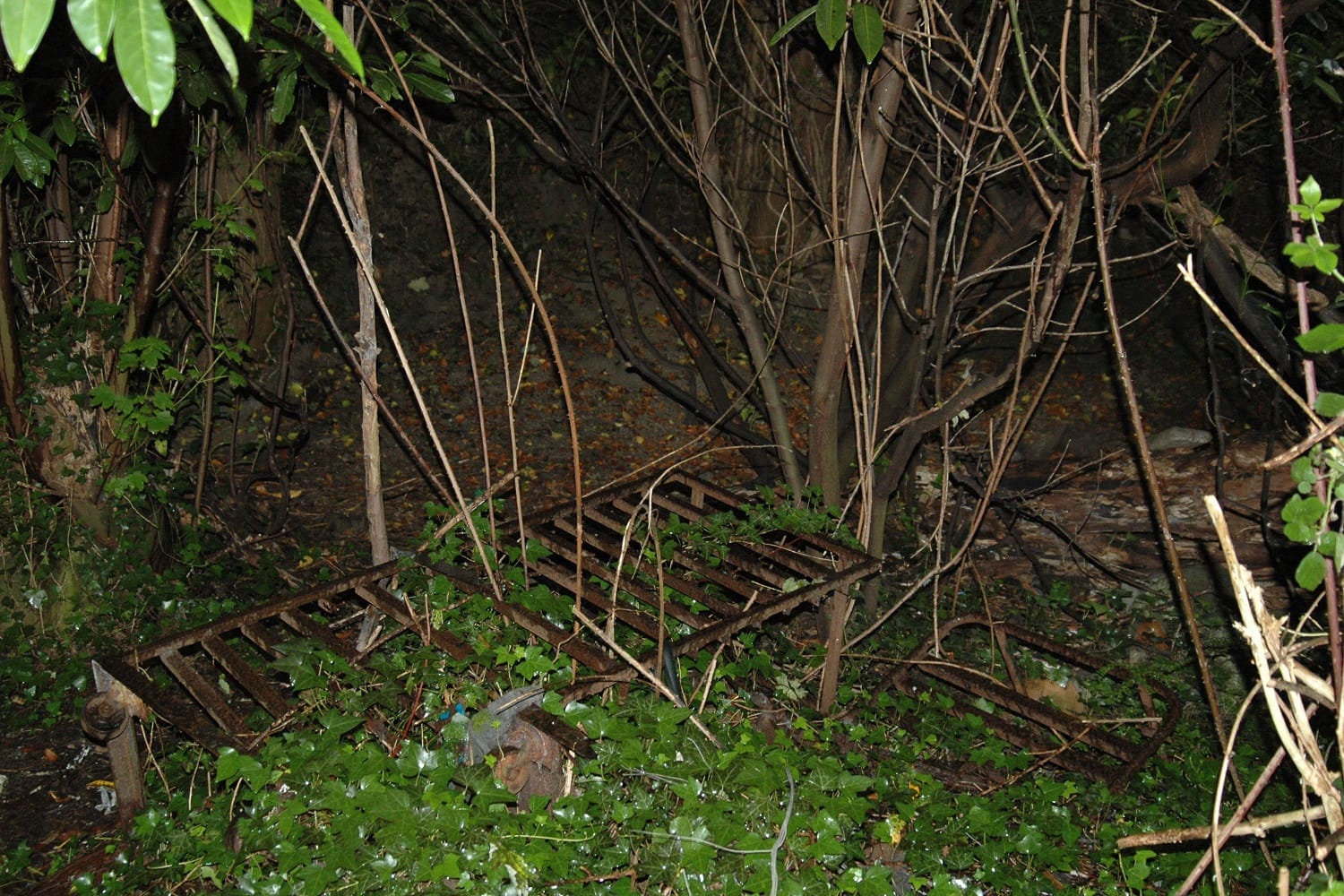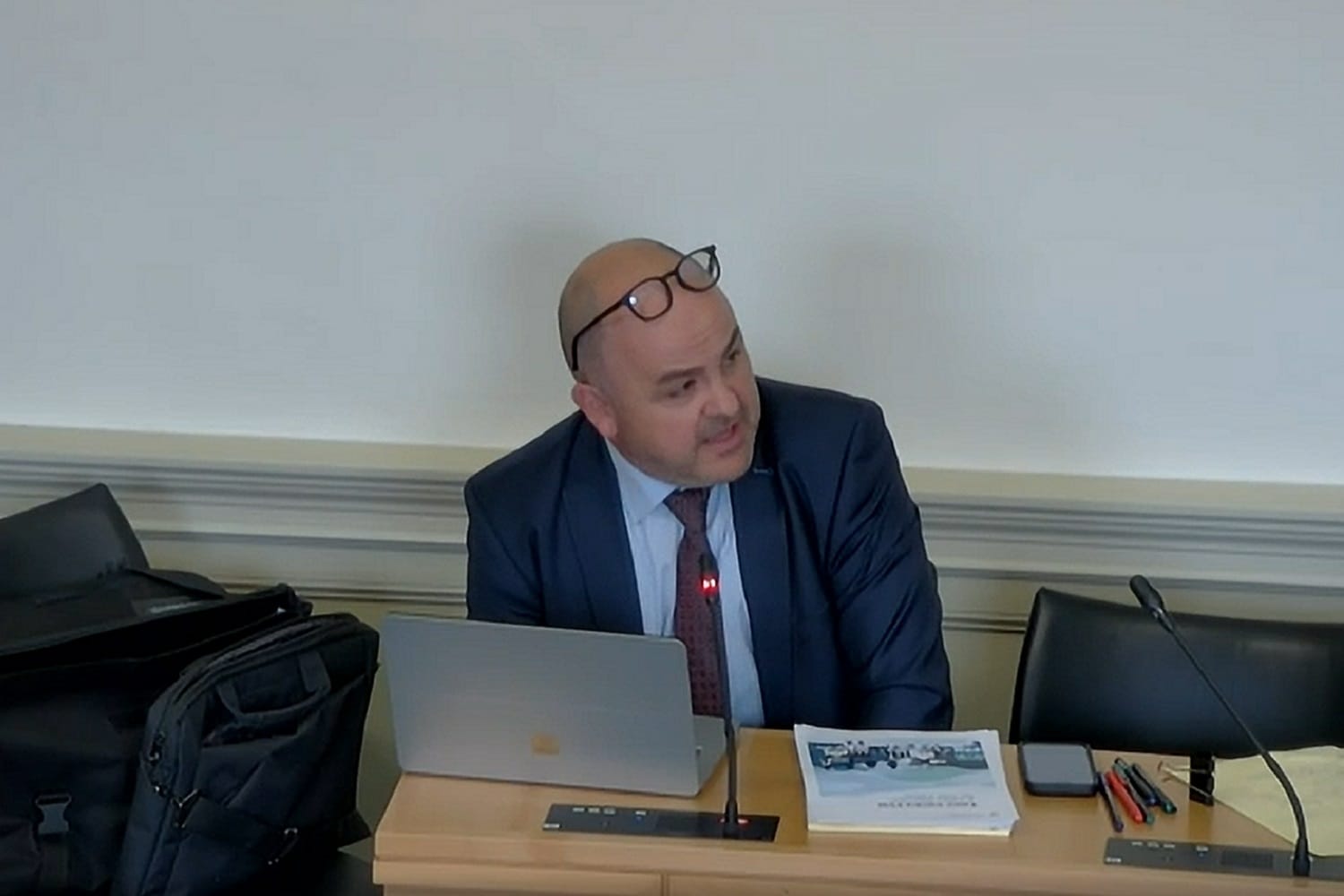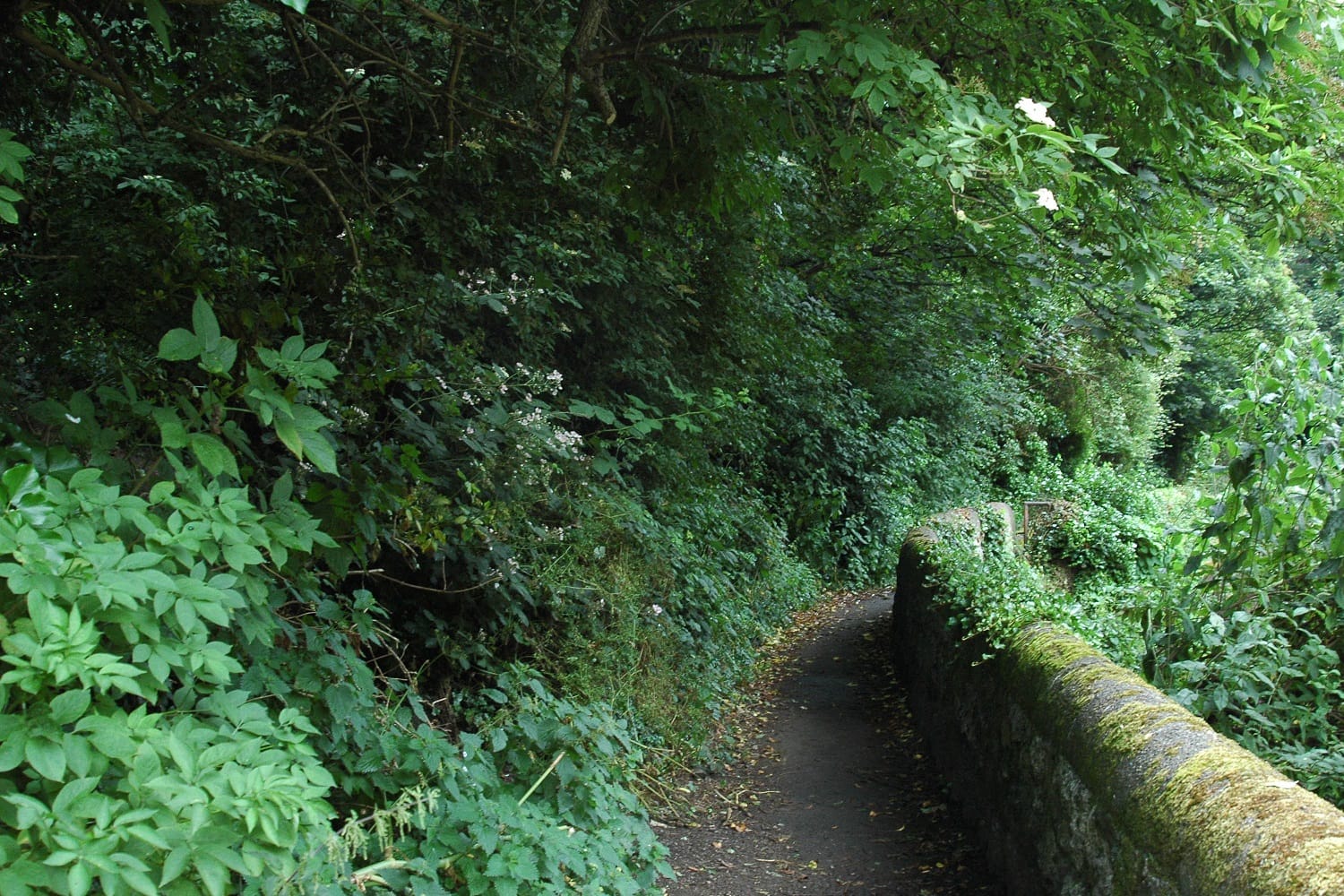What’s the best way to tell area residents about plans for a new asylum shelter nearby?
The government should tell communities directly about plans for new asylum shelters, some activists and politicians say.
Local resident Tom Phillips recently presented to councillors his proposal for revitalising Milltown, which he says has been reduced to a thoroughfare.

Scully’s Field sits above a slim walkway that winds alongside the Dodder River, at the end of Strand Terrace just off the Milltown Road.
It isn’t apparent from the pathway, where locals walk their dogs and the occasional kingfishers eye up the fish.
The field isn’t really a field any more. It is a wooded area, approximately five acres in size, unmarked and difficult to access, unless one clambers up a rugged, muddy slope.
Among the trees on Scully’s Field last Friday, there was debris from old vehicles. The rusted rotor from a car wheel stuck out from the soil like a stump. Squirrels scuttled about on roots, old car bumpers and engines.
In the heart of this secluded spot in south Dublin lay the remains of a bus, collecting moss and ivy, twigs and beer cans.
Scully’s Field was once the site of a car maintenance shop, says Victoria White of the Dodder Action group. “It’s a post-industrial zone. The river was an energy source, and in the 90s, it was just a field that was a disused repair shop.”
This stretch of land is privately owned, says Tom Phillips, a town planning consultant and resident of Milltown for 25 years. “But it is bookended by land that is owned by [Dublin] City Council.”
Phillips is looking for the site to be turned into a woodland park as part of a town centre plan that he independently devised and presented to the council’s South East Area committee, he says.
“I’m trying to see if there is a way to get development on the publicly owned elements that would free up the owners of the park to swap the land, so that the park gets built,” he said on Friday.
“Because this keeps on being an objective in city development plans,” he said.
Sat between Milltown and Clonskeagh, the site known as Scully’s Field got its name from a dairy farmer, William Scully, according to historian Deirdre Kelly’s book, Four Roads to Dublin: The History of Rathmines, Ranelagh and Leeson Street.
Scully bequeathed the land to the church in the early 1900s, the book says. Parts of the site were rented out for grazing to raise money to build a new church.
In September 1971, the site hosted a one-day rock concert. It was headlined by the band Thin Lizzy, five months after the release of their eponymous debut record, according to Thin Lizzy Guide, a fansite that documents the group’s touring history.


Twenty years later, Dublin City Council included the field in its 1991 development plan as part of a proposed cycle path along the Dodder from Shanagarry Park to the Clonskeagh Road.
In July 2004, McGarrell Reilly Contractors Ltd applied to Dublin City Council for permission to build 92 apartments on the site, alongside an open public space.
The council approved the application. It also granted permission to Starrs Holdings Ltd to build a further 18 apartments on the land that December.
Both decisions were appealed to An Bord Pleanála as the developments were on lands that had been zoned as open space in the city development plan, said Councillor Dermot Lacey in 2005, according to his website.
Among the appellants, Lacey said at the time, that the lands should be developed as a new park.
The Office of Public Works has now deemed it a floodplain, said Lacey after the South-East Area committee meeting. “So planning permission is probably not going to be granted,” he said.
The OPW’s flood information site identifies it as a zone with a medium probability of flood events.
According to the Development Plan’s Strategic Flood Risk Assessment, any development within this flood zone should be limited to small residential or commercial extensions.
Any new development in the zone should be avoided unless the applicant can demonstrate compliance with flood risk management guidelines, it says.
Besides being proposed as a site for apartments, Lacey says a number of ideas have been floated about the locale in recent times.
One is that the trees would be cleared for a football pitch, he says. “But that is probably not possible now. The best approach probably is to clean it up for a woodland park trail.”
Before anything like this can be considered, Lacey says, the first objective should be to bring Scully’s Field into public ownership.
In its development plan for 2022–2028, Dublin City Council had included among its objectives, that it would actively pursue the development of Scully’s Field as a park, while ensuring the protection of its biodiversity.
But doing something with the land has been highlighted as an objective in development plans for more than 41 years, said Tom Phillips at a South East Area Committee meeting on Monday 12 June. “And I’d not exactly say it’s priority number one.”
It has been neglected, and become a spot more for drinking than nature trails, Phillips said. “But that’s what happens, it’s a rite of passage. More Bulmers than rabbits.”

Phillips had raised the matter of Scully’s Field in the context of a wider presentation to the committee about a non-statutory plan for revitalising Milltown and the neighbouring areas connected via the Dodder.
The centre of Milltown had been reduced to a thoroughfare, he said. “It’s got no heart.”
Scully’s Field offers an opportunity to reverse that, he said, citing the council’s commitment in its current development plan to prepare a masterplan for it.
A council masterplan, prepared with all of the relevant landowners, would enable the creation of a public or natural space, with additional consideration being given to limited developments, Phillips said.
“Scully’s Field will never be developed if we take an intransigent view that nothing can happen, that it’s only a park or nothing else,” he said.
“There has to be some form of development to encourage developers to hand over land, and to make it happen,” he said.
Lacey, the Labour councillor, said during the meeting that the council’s property development department needs to engage with the property owners between Strand Terrace and the Clonskeagh Road.
There are between five and six land and property owners along this stretch, including Starrs Holdings Ltd and McGarrell-Reilly Ltd, Lacey said, and a majority are supportive of the plan. “But the owner of the bigger stretch has to be convinced that there is something in it for them.”
On the Thursday after the committee meeting, Lacey said he thought one solution would be a land swap.
“In the last couple of years, I developed the idea of trying to develop the area around the Farmer Browns car park site,” he said referring to a local pub on the Clonskeagh Road.
Roughly 100 metres east of Scully’s Field, the car-park site is owned by Dublin City Council, Lacey said. “Dublin City Council could put the car park into the pot, and we might allow something to be developed there to compensate all of the owners for their bits of land.”
“And in return, we would get Scully’s Field to be a public park,” he says.

Victoria White said while the Dodder Action Group has not discussed or supported the idea of swapping the site beside Farmer Brown’s bar for the privately-owned woodlands, as a private individual she would not oppose it.
A small path to the greenway, going through Scully’s Field, would be the main priority for White, she says.
“There needs to be traffic for there to be an element of self-policing,” she said. “A woman on her own might find it scary to walk alone that way, because there is so much vegetation that it is unsafe.”
Kieran McKenna, a director of Starrs Holdings Ltd, was supportive of Phillips’ proposal. Many locals agree that the present situation in the site is untenable, he says. “It’s actually dangerous.”
“Finally, after 40 years, there seems to be a confluence of sanity,” he said. “That is, between the councillors, TDs, and politicians that have specific interests in the area.”
Get our latest headlines in one of them, and recommendations for things to do in Dublin in the other.